
This important waterway became the first significant source of alluvial diamonds. Many of its crystals contributed to the diamond industry’s legacy and were seminal to the development of South Africa’s diamond industry.

The Start of Something Big
The famed Orange River, where the South African diamond rush began, eventually led to the establishment of the De Beers Group in 1888 by British mining magnate and politician Cecil Rhodes. De Beers received financing from South African diamond magnate Alfred Beit and London-based N M Rothschild & Sons Bank.
Admiration for the Orange River
Since we have been fancy color diamond specialists for over a generation, we’ve developed a great affection for these distinct goods from the magical river.
While most famous diamonds are typically associated with kimberlite pipes, several notable diamonds discovered in or around the Orange River have made a lasting contribution to South Africa’s diamond story.
The Stone That Started it All - The Eureka Diamond (1867)
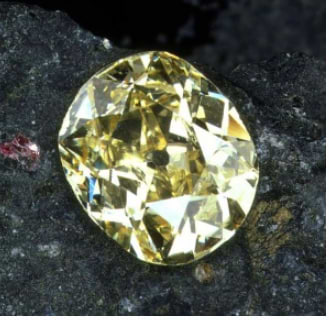
Currently on display: The Mine Museum, Kimberley, South Africa
Star of South Africa (1869)
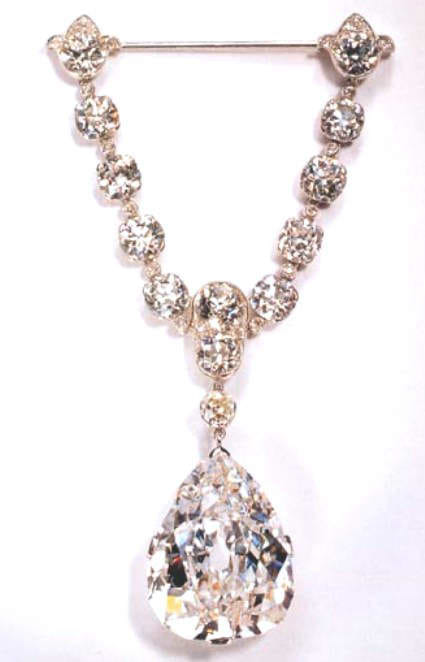
Star of South Africa (1869)
Stone collector Schalk Van Niekerk was given the Eureka diamond at some point. Then, he passed it to a geologist for confirmation that it was indeed a diamond. Now more enlightened, Van Niekerk heard about the large stone (Star of South Africa) found by a Griqua shepherd boy on Zandfontein farm near the Orange River.
Van Niekerk acquired the stone in exchange for 500 sheep, 10 oxen, and a horse, which represented nearly all of his assets. It was a sizable fortune for the Griqua boy, too.
Currently in the vault of the Natural History Museum, London.
Newer Orange River Yields
LEIBISH recently acquired and later sold an important 137.93-carat Intense yellow rough diamond from the Orange River. The exquisite stone exhibits the sought-after octahedral shape of a diamond—appearing like two pyramids connected at its base.
This largest crystal ever found from the Orange River now has a new home in a US collection.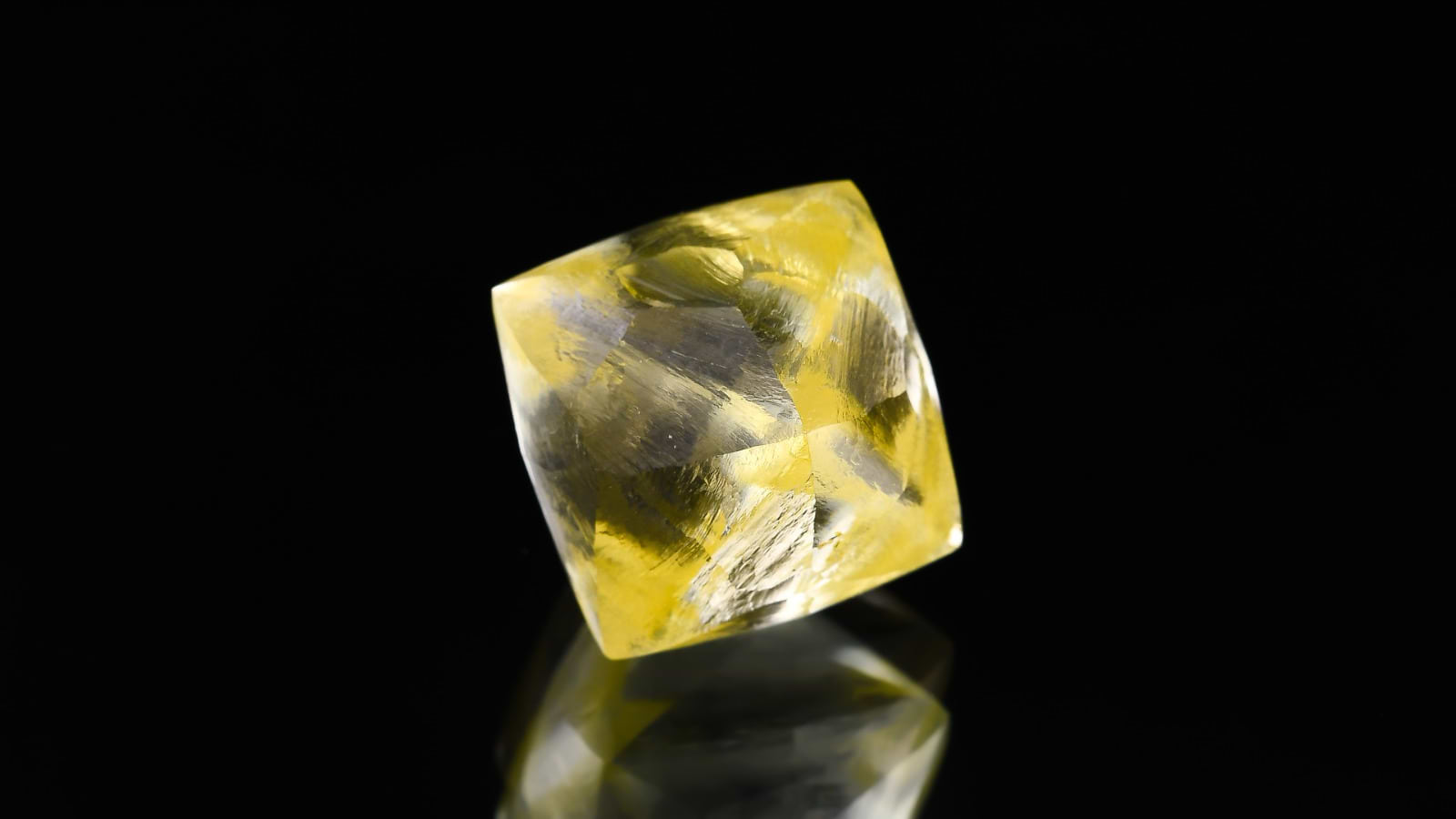
The first important Orange River diamond we sold went to other collectors of gems. It was a 90-carat vivid yellow crystal with a perfect crystal configuration.
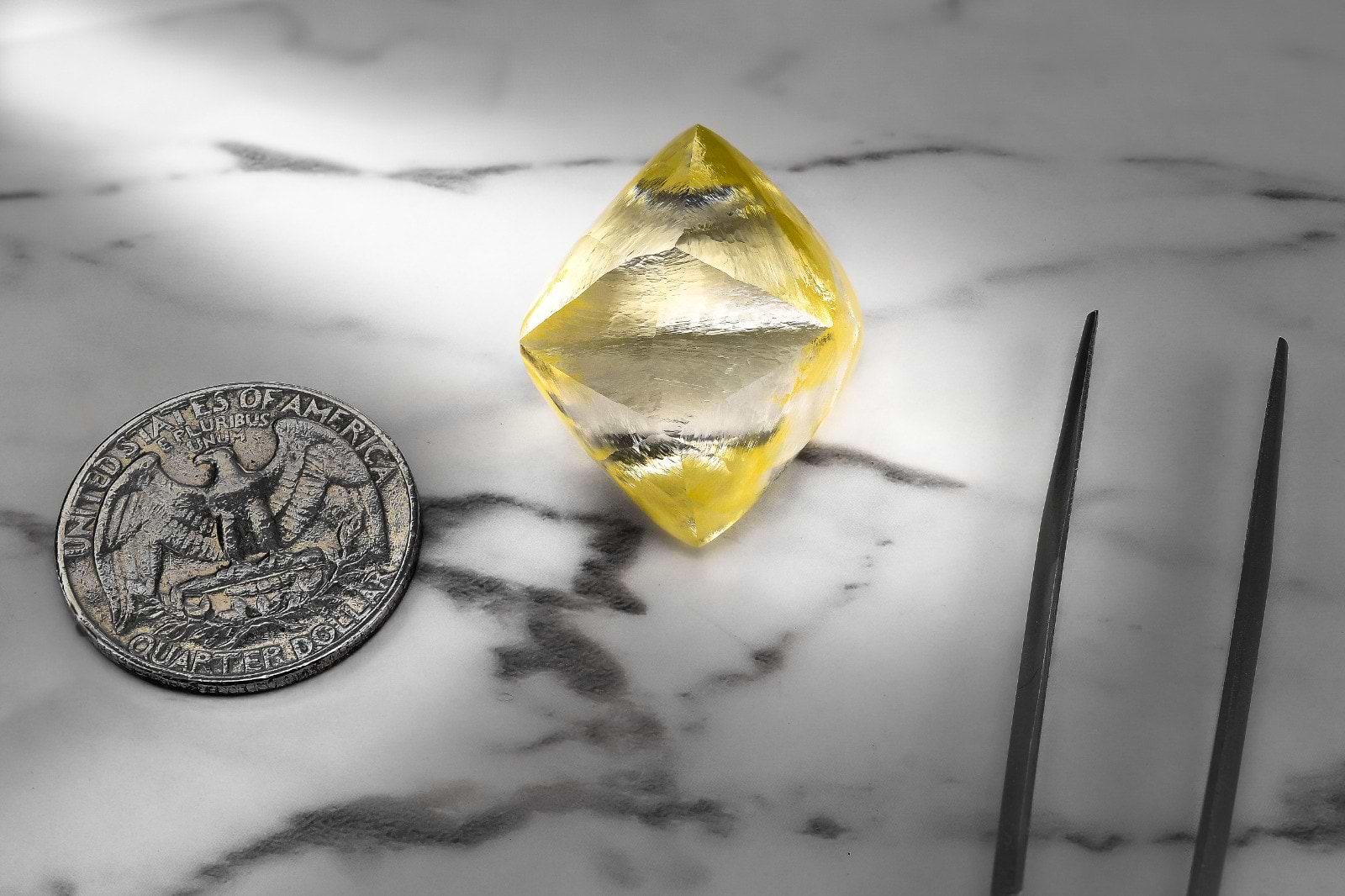
These diamonds highlight the role of the Orange River in establishing South Africa as a major diamond producer. Today, alluvial diamond mining continues in the region, though its prominence has diminished compared to the country’s kimberlite and offshore (marine mining off Namibia’s coast) production.
Our Love of Yellow
Most of the important South African vivid yellow diamonds are from different mines, like the 127-carat FVY (Fancy Vivid Yellow) GIA graded VS2.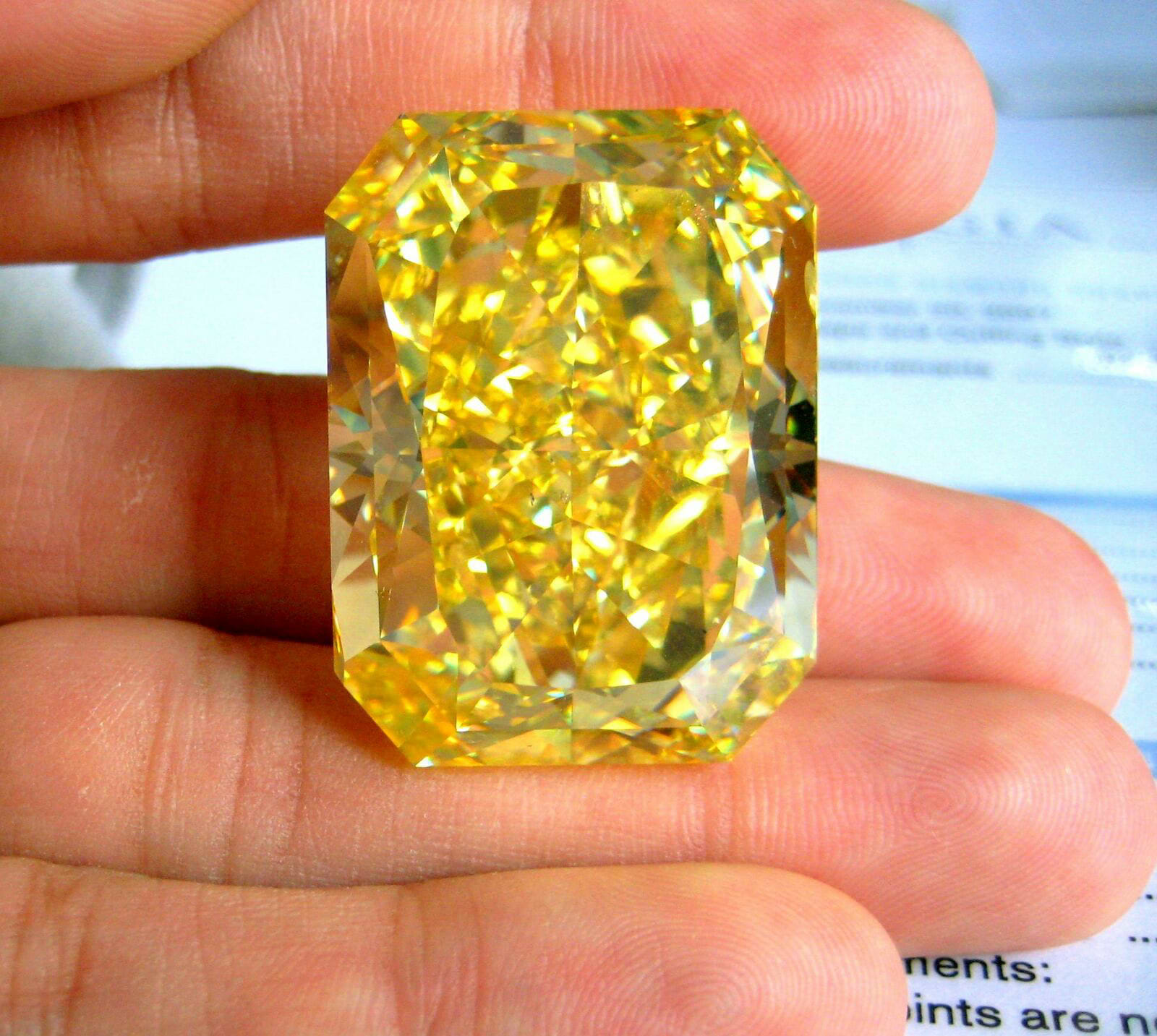
It’s the greatest vivid yellow radiant that I’ve ever laid my eyes on. It was cut from a South African 253-carat rough. The photo was taken on the hand of my son Shmulik, our GIA GG (Graduate Gemologist).
LEIBISH is very fond of yellow diamonds. We consider them the bread and butter of the fancy color business.
You might recall seeing this legendary timepiece previously. Each precision-cut yellow stone in the Billionaire’s Timeless Treasure Intense yellow diamond watch was custom cut by LEIBISH craftsmen for Jacob The Jeweller.
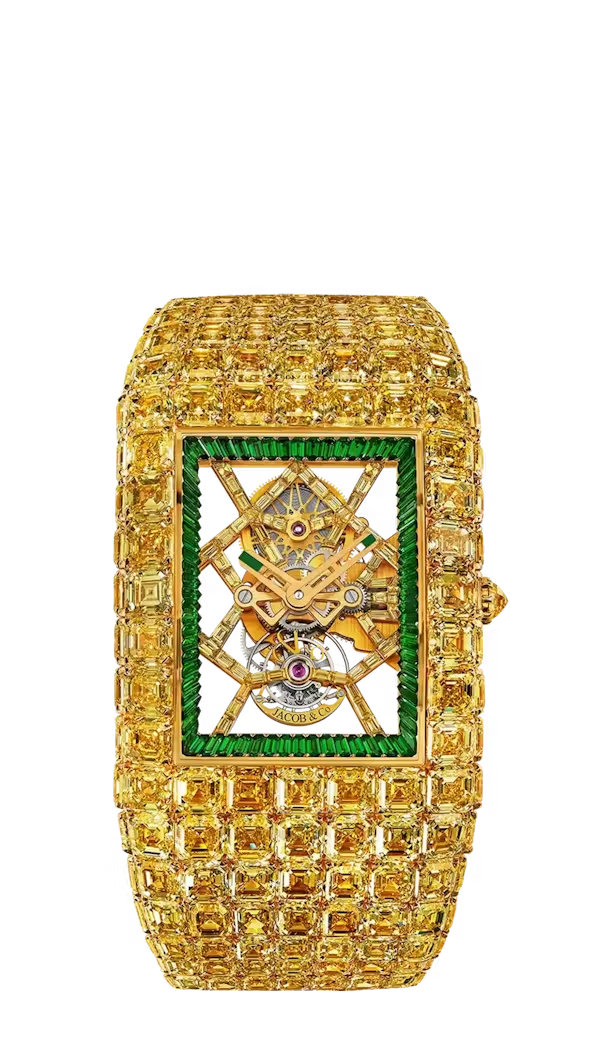 Billionaire’s Treasure Intense yellow diamond watch crafted by LEIBISH
Billionaire’s Treasure Intense yellow diamond watch crafted by LEIBISH
 LEIBISH Fancy Yellow Radiant Diamond Men's Ring
LEIBISH Fancy Yellow Radiant Diamond Men's Ring
A breathtaking, fancy, intense yellow oval double halo diamond ring boasts a center stone weighing 1.01 carats and is certified by GIA. The ring features a two-color (yellow and colorless diamond) double halo styled in an open pavé, mounted in 18K white and yellow gold from the Rosi's Bloom Collection.
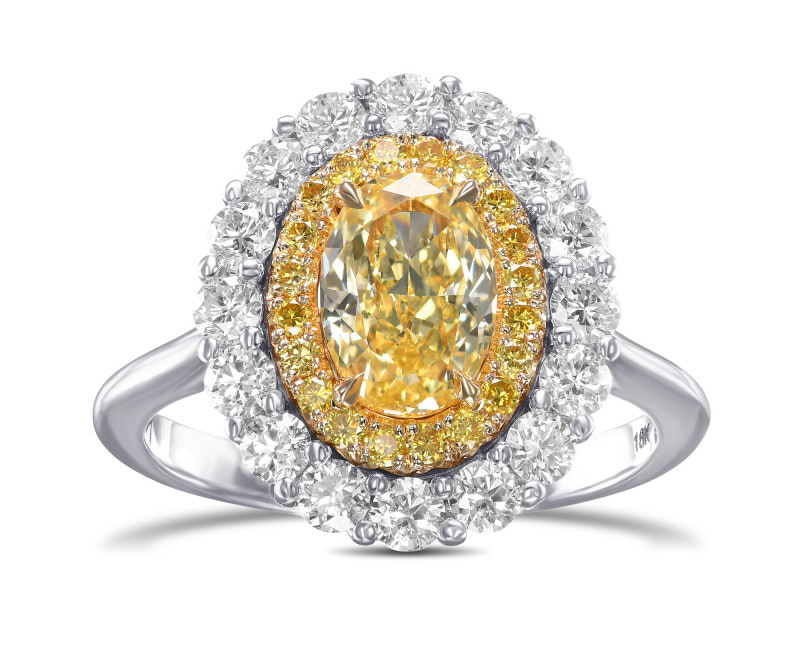 LEIBISH Fancy Intense Yellow Oval Double Halo Diamond Ring
LEIBISH Fancy Intense Yellow Oval Double Halo Diamond Ring
The Time is Now
The beauty of yellow diamond jewelry is that it’s suitable for both men and women.
And now is the perfect opportunity to acquire a unique yellow diamond ring from LEIBISH during our exciting Black Friday Sale. 
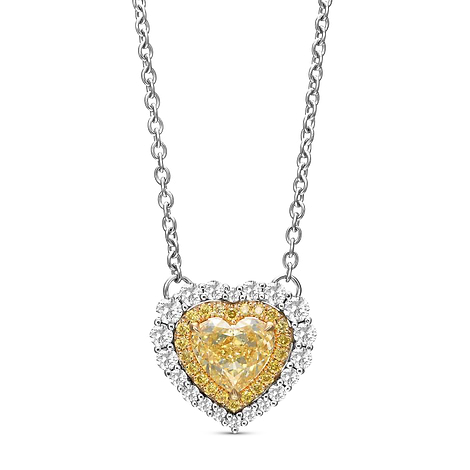
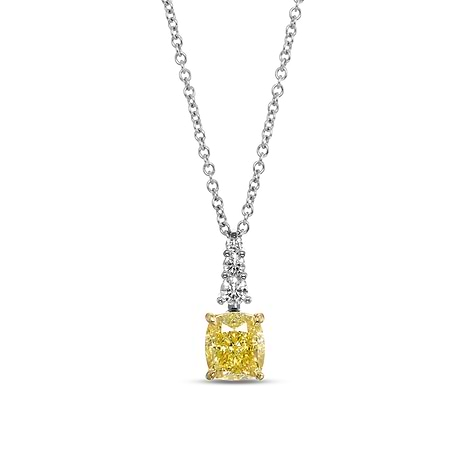
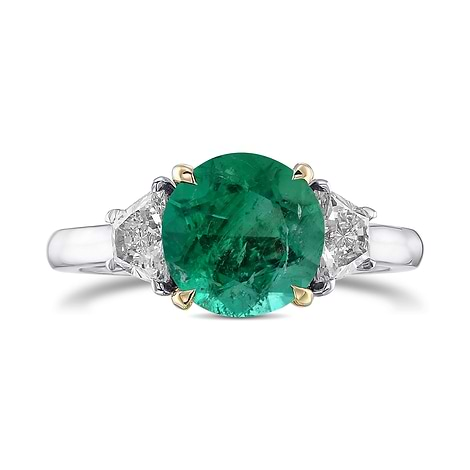

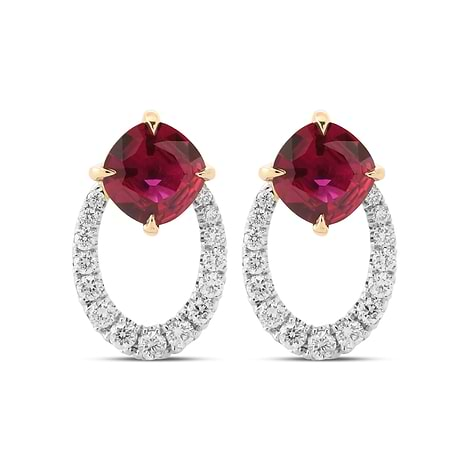
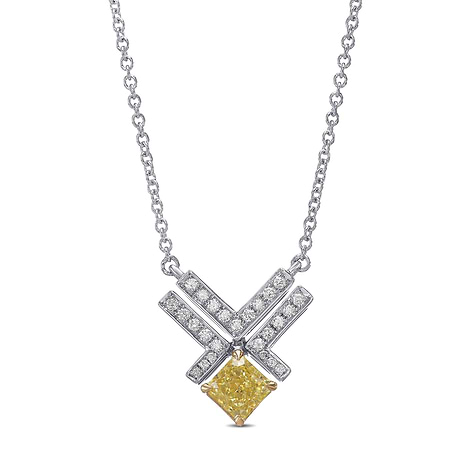
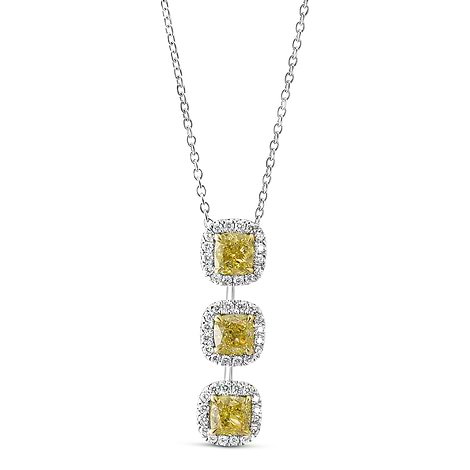
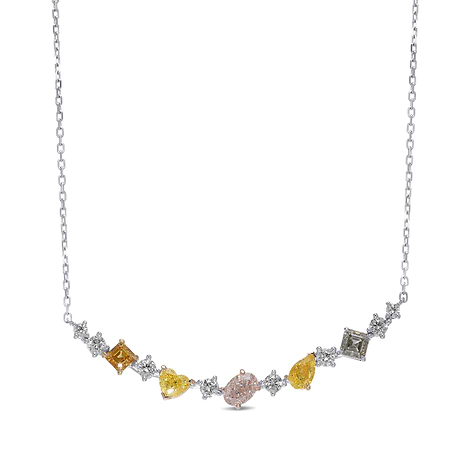

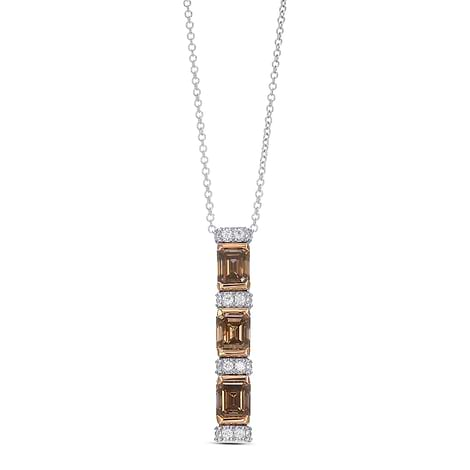
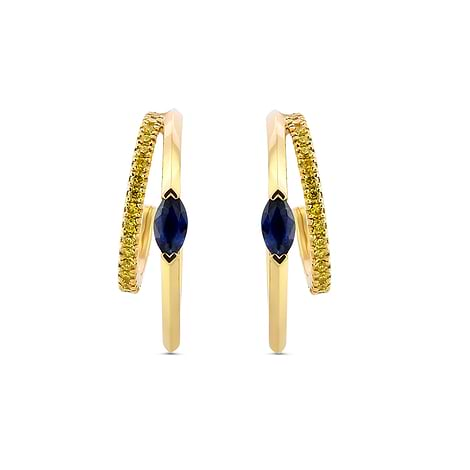
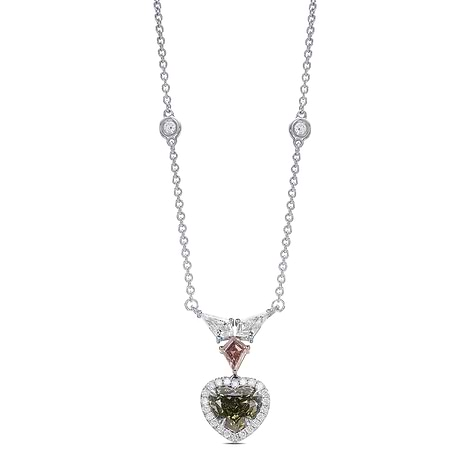
.jpg)

.png)